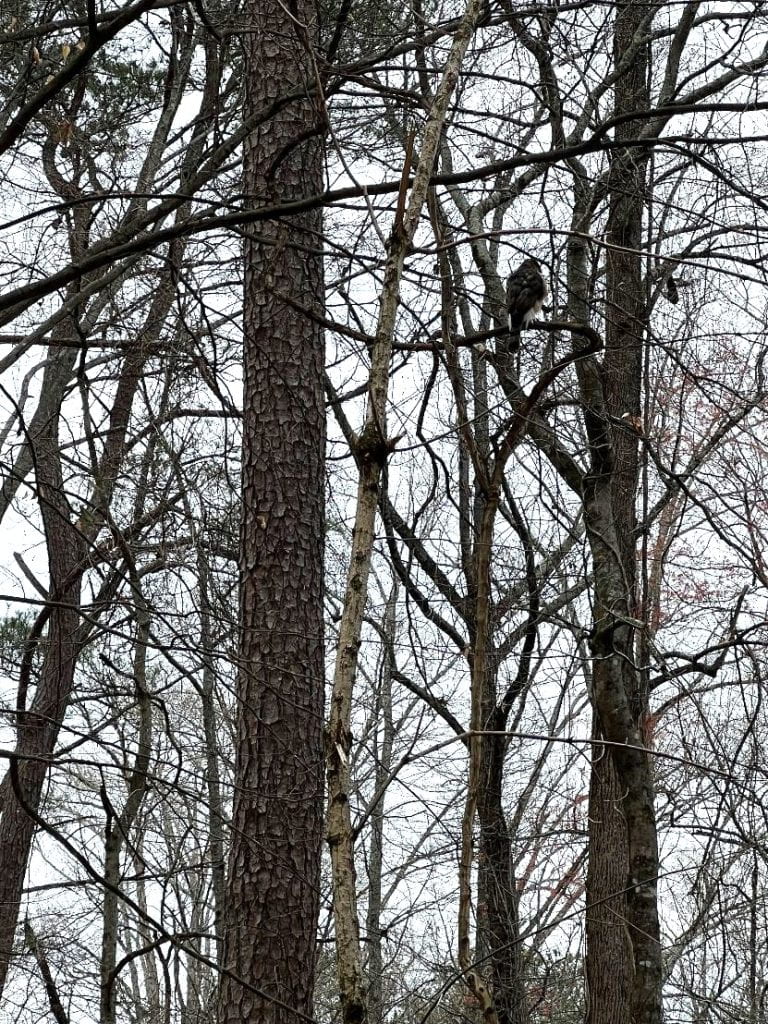Cooper’s Hawk
On a recent hike, I watched a cooper’s hawk fly from the ground into a tree. When I returned to that spot almost thirty minutes later, this woodland raptor was still perched on a branch. Suddenly, she flew from the branch and chased a squirrel around a tree several times before dropping to the underbrush.
Although I frequently observe red-shouldered hawks, this was my first encounter with a Cooper’s hawk, a medium-sized woodland predator that is known for its speed and agility. They can easily maneuver around objects when they are hunting small birds and mammals. Charles Bonaparte named the species in 1828 in honor of ornithologist William Cooper. They are also known as chicken hawk, flying cross and striker.
Read about the Cooper’s hawk in the Audubon Field Guide and Cornell Lab.
Related Post

















































